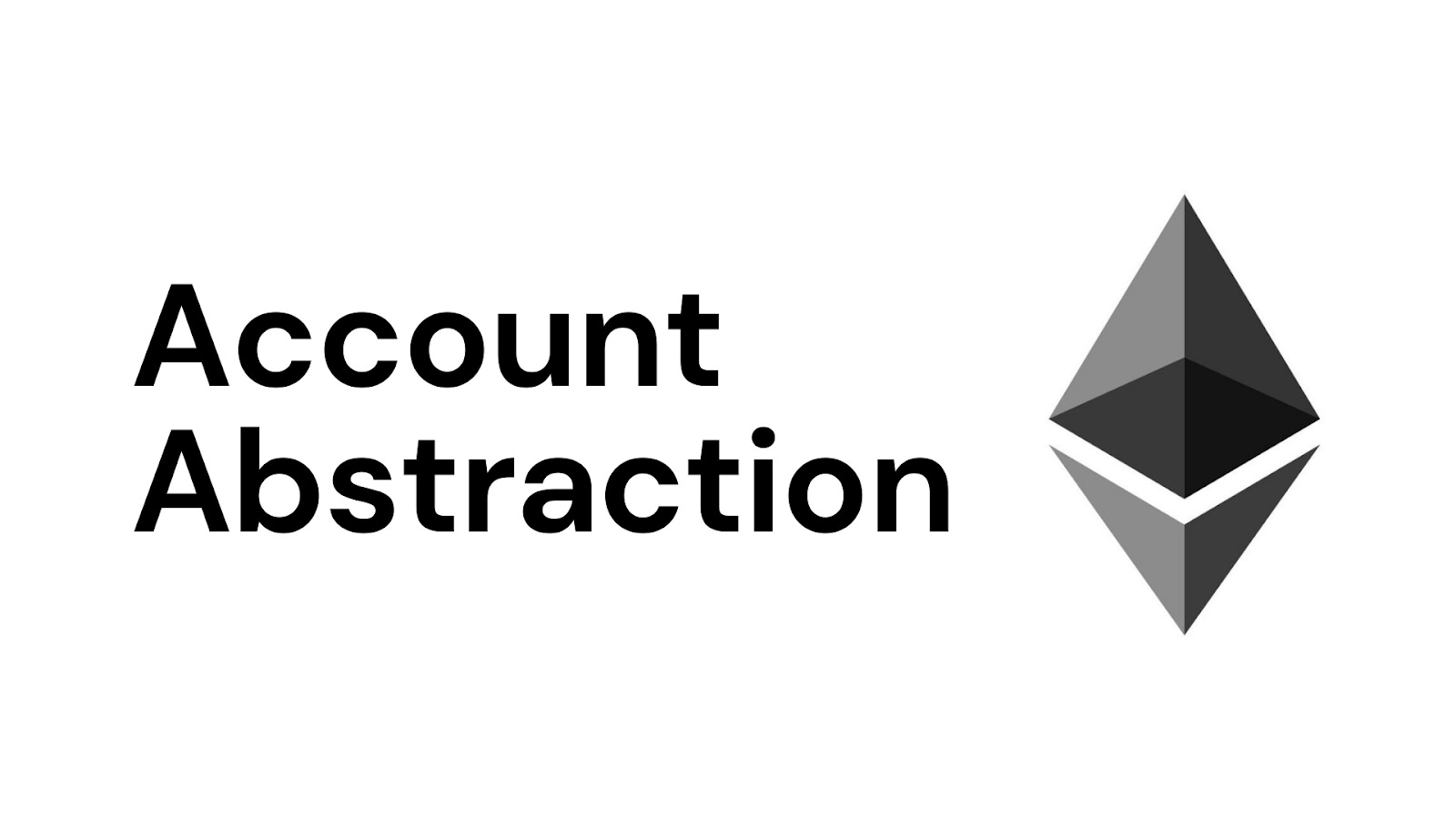
To delve into the cryptocurrency account abstraction problem, it's essential to start with the basics of how cryptocurrency transactions and accounts work. Cryptocurrencies, such as Bitcoin and Ethereum, operate on blockchain technology. A blockchain is a decentralized ledger of all transactions across a network. Each transaction is verified by consensus of the participants in the network and then added to the blockchain in a secure and immutable way.
Traditional Cryptocurrency Accounts
In the realm of cryptocurrencies, there are typically two types of accounts: Externally Owned Accounts (EOAs) and Contract Accounts. EOAs are controlled by private keys and are similar to traditional bank accounts in the sense that they are managed by individuals. Contract Accounts, on the other hand, are governed by their contract code and require instructions (transactions) signed by an EOA to perform actions.
The Problem: Complexity and Usability
The account abstraction problem arises from the complexity and usability issues associated with managing these types of accounts, especially for newcomers to the cryptocurrency space. For instance, EOAs require the management of private keys—a daunting task for those not well-versed in digital security. Losing your private key means losing access to your funds, with no way to recover them.
Moreover, the interaction between EOAs and smart contracts (which run on Contract Accounts) can be complex and unintuitive. Users must understand gas fees, nonce management, and how to interact with different contracts safely. This complexity can hinder the widespread adoption of cryptocurrencies and decentralized applications (dApps).
The Solution: Account Abstraction
Account abstraction proposes to simplify the user experience by abstracting away the technical details of account management and transaction signing. The idea is to make using dApps and managing cryptocurrency as easy as using a traditional web application. Here’s how it can address the problem:
-
Unified Account Model: Instead of having separate EOAs and Contract Accounts, account abstraction could allow for a single account type that can hold funds and execute contracts. This simplifies the user experience and makes it easier for newcomers to understand and manage their accounts.
-
Simplified Transaction Management: By abstracting away the complexities of gas fees and nonce management, users can perform transactions more easily. For instance, a user could authorize transactions through familiar authentication methods like biometrics or two-factor authentication, without worrying about the underlying mechanics.
-
Enhanced Security Features: Account abstraction can also introduce more sophisticated security measures. For example, accounts could have built-in recovery options, multi-signature requirements, or spending limits. These features could be managed through user-friendly interfaces, enhancing security without adding to the user's burden.
-
Developer Flexibility: For developers, account abstraction can provide more flexibility in designing user experiences. They can create contracts that pay for their own execution or design more complex transaction rules, without complicating the user experience.
Implementing Account Abstraction
The implementation of account abstraction requires changes at the protocol level of blockchain networks. Ethereum, for example, has discussed account abstraction in various improvement proposals. The challenge lies in making these changes without compromising the security and decentralization of the network.
One approach could be to introduce a new type of account that supports these features, allowing users and developers to opt-in to the new system while maintaining compatibility with traditional accounts.
Conclusion
The cryptocurrency account abstraction problem highlights a significant barrier to the wider adoption of blockchain technology. By simplifying how users interact with their accounts and execute transactions, account abstraction has the potential to make cryptocurrencies and dApps more accessible to a broader audience. However, its implementation requires careful consideration to maintain the balance between usability, security, and decentralization that is core to blockchain technology.




评论 (0)